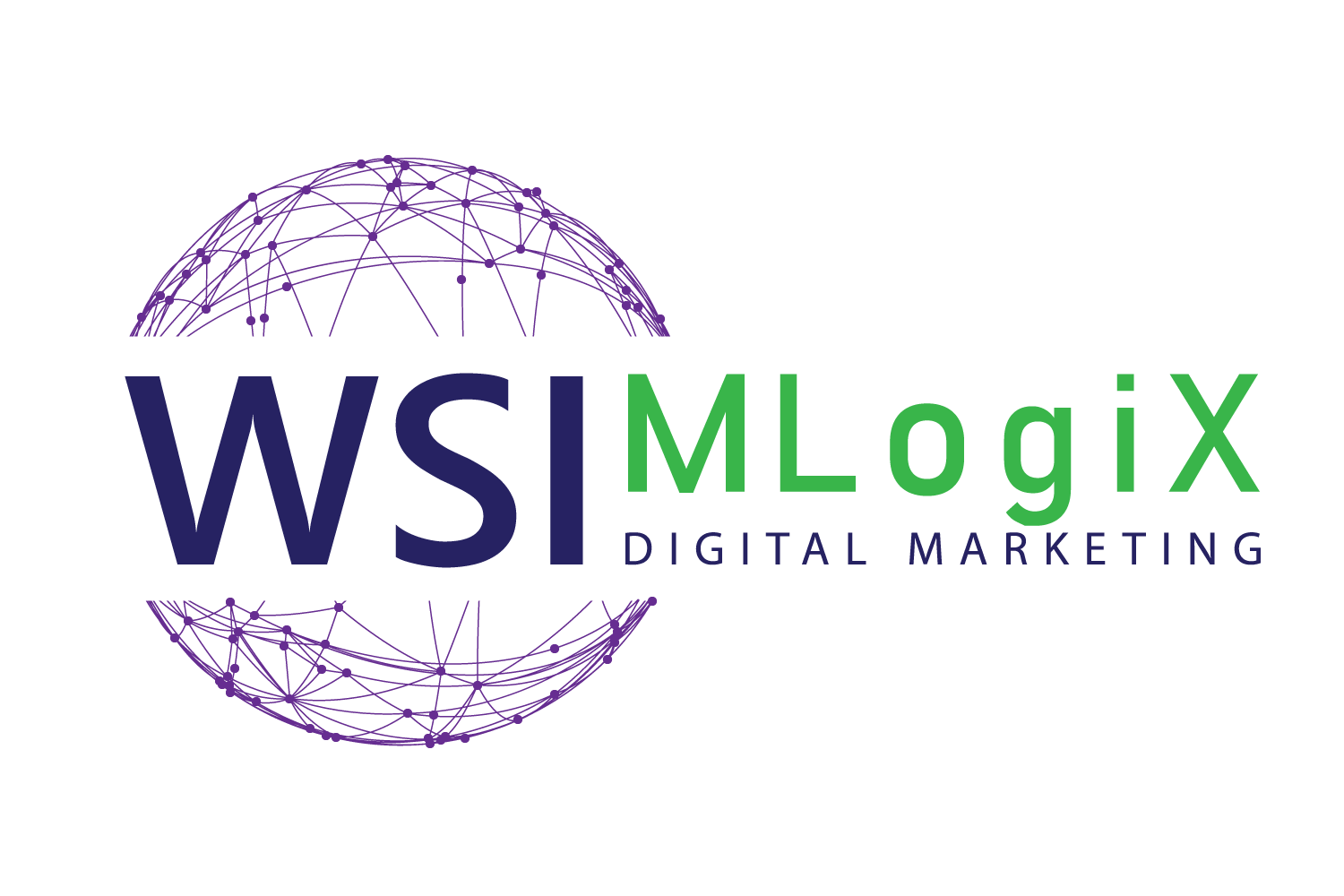Search has always been fluid, but Google’s new AI-powered AI Mode—now branded as AI Overviews—moves the sand faster than before. Publishers worry, advertisers recalculate, and optimizers wonder whether traditional tactics still matter. They do, but only if they evolve. This article shows how AI Mode changes the results page, what recent studies say about traffic and click-through rates, and the practical steps teams can take to stay visible.
What Is Google’s “AI Mode” and Why It Matters
Google started testing the Search Generative Experience (SGE) in 2023 and began rolling it out globally in early 2025. Independent tracking by eIntelligence indicates that SGE now surfaces for about 91 percent of commercial queries.
News organizations have already felt the drag. The Wall Street Journal records double-digit traffic losses for outlets like Business Insider after AI Mode began prioritizing summaries over direct links. The same pattern echoes across commerce, education, and SaaS sectors.
How AI Overviews Reshape the Results Page
Fewer Clicks to the Open Web
Zero-click searches were already climbing before AI Mode, but fresh data shows an acceleration. Search Engine Land notes that 27.2 percent of U.S. queries in March 2025 ended without a click, up from 24.4 percent a year earlier, with AI answers identified as a driver.
Changing Click-Through Curves
Click-through rate (CTR) for the top organic position slipped during the first wave of AI Overviews, but more recent benchmarks show resilience when a link earns the “Sources” carousel inside the summary. First Page Sage calculates a 39.8 percent CTR for rank 1 in 2025—slightly higher than 2024—but only when the page is also cited by the AI panel. Brands absent from that carousel experience the opposite effect: Forbes highlights declines of up to 60 percent in verticals where AI answers satisfy user intent.
Branded vs. Non-Branded Queries
Conductor’s analysis finds non-branded informational keywords lose the most traffic, while branded terms remain more click-friendly because users still need a destination.
Does Traditional SEO Still Matter?
A new Search Engine Journal study of 25 000 queries across Google, ChatGPT, and Perplexity shows that pages ranking in the top three organic slots are also the most likely to be quoted by AI systems. In other words, rankings feed generative answers; they don’t become irrelevant.
Google’s own guidance underscores that point. The February 2023 policy on AI content says quality, originality, and user value remain the primary signals, regardless of whether text is human- or machine-written. That language was reiterated in May 2025 with explicit advice to focus on accuracy and topical depth when publishing AI-assisted material.
Where SEO Must Evolve
Experience and Authority Over Volume
The WordStream trend report predicts that first-hand experience will be a defining SEO element in 2025. Google’s EEAT framework rewards creators who demonstrate personal involvement or expertise. Reviews, field tests, and original photos give content a tangible layer that AI summaries struggle to replicate.
Structured Data and Entity Clarity
Schema markup remains a powerful amplifier because it helps Gemini models verify facts quickly. Google’s Search Central reminds site owners that JSON-LD is the easiest way to provide that context. Independent experiments by Backbone Media show rich results and AI citations are more common when entities are clearly defined through schema and internal linking.
Diversifying Beyond Google
Growing answer engines—from ChatGPT’s Browse to Perplexity—pull content heavily from top-ranked pages but present it without sending traffic. WordStream calls these “answer engines” a top non-Google traffic source to watch. Being discoverable in those systems requires syndication, correct licensing, and fast-loading APIs, not just classic SEO.
Tactical Playbook for 2025
- Audit Your AI Visibility
Track whether core pages appear in AI Overviews for target keywords. Tools from Authoritas and Conductor now flag inclusion and placement. - Strengthen Entity Signals
Deploy schema for product, FAQ, how-to, and organization. Test with Google’s Rich Results tool weekly. - Prioritize Unique Formats
Publish comparison tables, calculators, and video walkthroughs—assets AI Mode can’t copy wholesale. Conductor’s list of high-retention formats is a handy starting point. - Lean Into Local
AI answers often include a local pack or call-out card. Keep Google Business Profiles fresh and use location pages that state city names naturally. A Forbes Council article notes local intent is surging in sectors from healthcare to restaurants.
By the way, businesses searching for SEO San Francisco projects still rely on visible map results even when an AI summary appears. - Measure New KPIs
Organic sessions alone won’t capture value. Monitor assisted conversions, scroll depth, and brand searches. Zero-click attribution models need adjusting for campaigns promoting SEO experts near me services. - Collaborate With Paid Media
Paid CTRs are also down, but joint creative (e.g., Merchant Center images) can reclaim screen share when organic panels shrink. Search Engine Land documents the CTR dip across both channels. - Maintain Technical Excellence
Fast Core Web Vitals remain table stakes. AI Overviews sometimes skip slow sites entirely. - Engage Communities
Reddit threads around local and B2B search reveal that trusted community answers often surface in AI panels. Participate where your audience gathers. - Seek Professional Guidance
When internal bandwidth is tight, outside SEO consultants can help interpret AI visibility reports and design schema rollouts. Choosing the Best SEO agency San Francisco or another regional specialist may hinge on demonstrable experience with AI Overviews data sets. - Offer End-to-End Solutions
Firms promoting SEO services San Francisco now pair content strategy with data feeds and API endpoints to ensure their information is eligible for AI pull quotes.
Final Thoughts
AI Mode does not kill search optimization; it shifts the battlefield. Visibility now means earning a spot inside the answer, not just under it. Teams that combine authoritative content, clear entity markup, and local cues can still win clicks—and trust—in 2025’s generative landscape. The workload is higher, but the fundamentals of serving users better than competitors remain intact. That makes SEO both different and very much alive.


